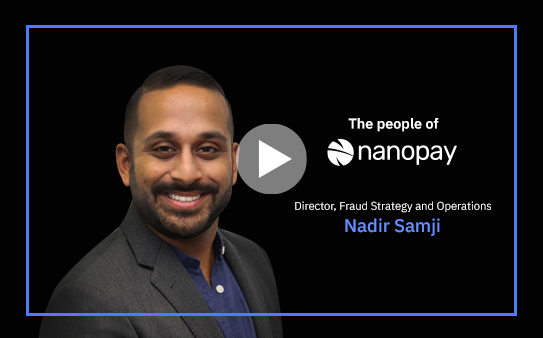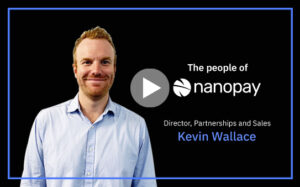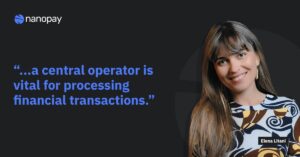Nadir: We can send a message to anyone around the world in an instant but sending a payment is so much more complicated but it doesn’t have to be. Payments are supposed to be this ubiquitous mechanism to fulfill the exchange of goods and services. And whether a company is sending one payment or one million payments each payment is a result of a number of pockets of information that all have to line up correctly to make sure that they reach their destinations correctly. And once a payment reaches its destination it’s not over yet. These individual transactions can cross different payment systems, different central banks and different corridors. And these payments need to be compatible with legacy systems as well as the most modern payment systems around the world. It’s really important to address this issue while ensuring speed, accuracy and transparency of these payment systems and that’s what brought me to nanopay.
Nadir: The fact that nanopay is the most advanced payment technology is also compatible with legacy systems, it’s applicability is limitless. As we are expanding into new countries and corridors the complexities of clearing and settlement can be significant. We’re here to take away these complexities and simplify it for the end-user. The best way to do this in our approach is to ensure transparency in every step of that payment journey. Transparency provides us with the ability to ensure that we’re maintaining our regulatory obligations while providing excellent service. This includes everything from knowing your client, ensuring the availability of funds, managing foreign exchange volatility, monitoring transactions against fraud, reconciling any payment exceptions, and most importantly empowering our client experience team with the tools that they need to assist our end users. As payment modernization comes to fruition our technology puts us in a great place to take advantage of a faster, data-rich and more robust clearing and settlement system.





